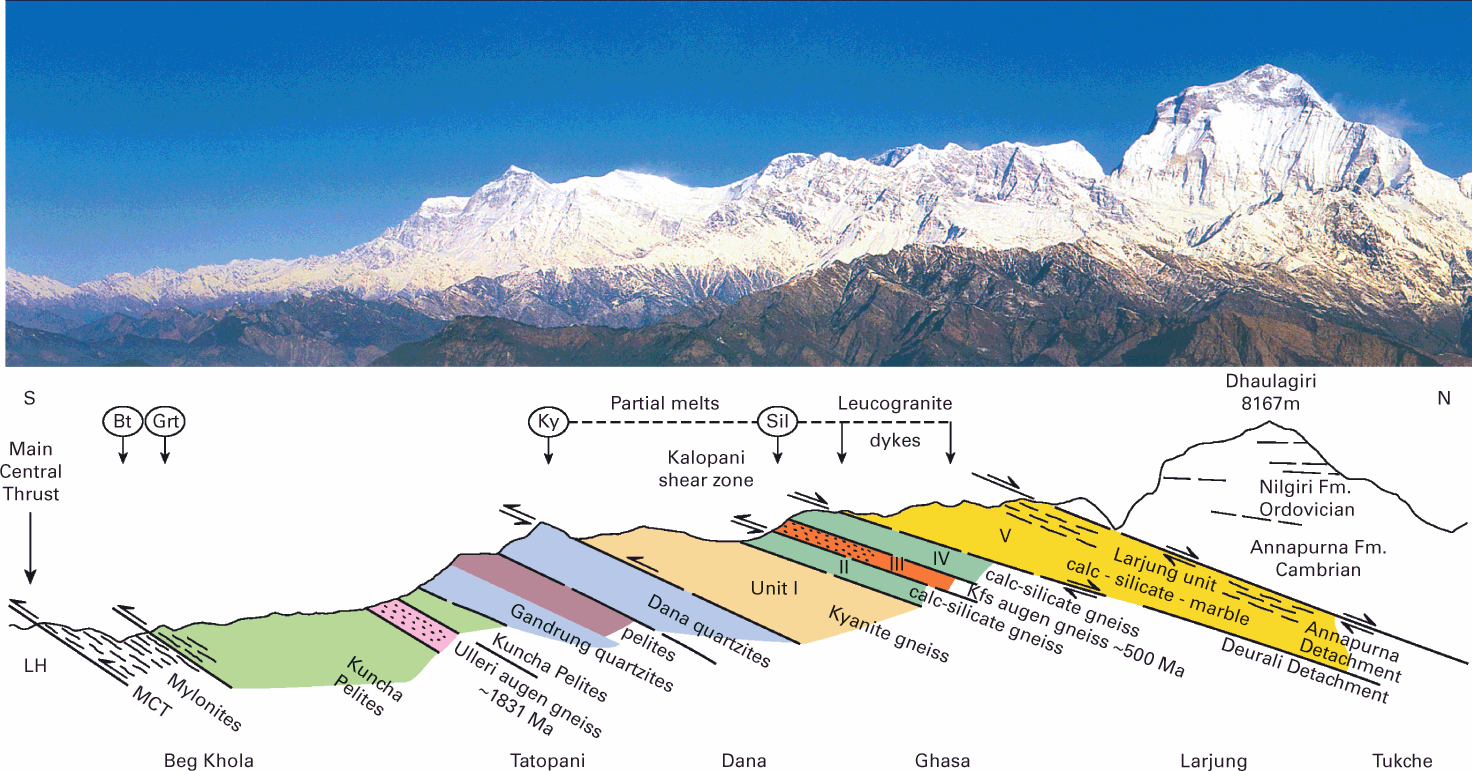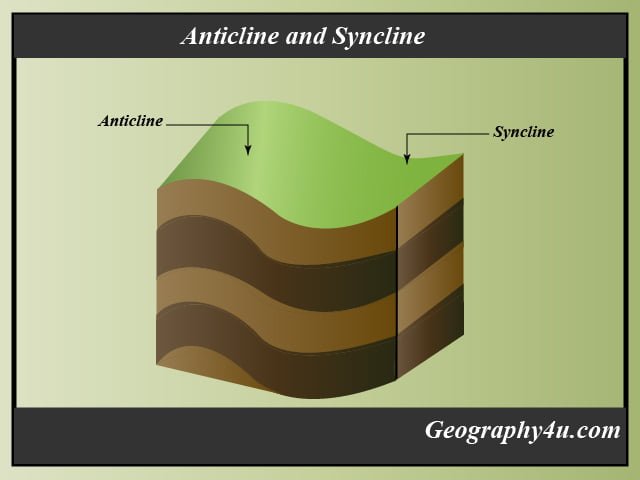Introduction
The Himalaya mountain range is one of the most magnificent and awe-inspiring natural wonders of the world. It is located in the northern part of the Indian subcontinent, stretching over 1,500 miles from the Indus River in the west to the Brahmaputra River in the east. The Himalayas are home to some of the highest peaks in the world, including Mount Everest, which stands at 29,029 feet above sea level. But have you ever wondered how these magnificent mountains came into existence? In this article, we will explore the origin of the Himalaya mountain range.
Plate Tectonics
The Himalaya mountain range was formed due to the collision of two tectonic plates – the Indian Plate and the Eurasian Plate. It is believed that about 50 million years ago, the Indian Plate broke away from the supercontinent of Gondwana and started moving northwards. As it moved towards the Eurasian Plate, it began to subduct beneath it, causing the crust to thicken and rise, ultimately leading to the formation of the Himalayan mountain range.
Geological Processes

The formation of the Himalayas involved a number of geological processes such as compression, folding, faulting, and uplift. The compressive forces between the two plates caused the rocks to fold and fault, resulting in the uplift of the mountain range. The Himalayas are also home to several active faults, which have led to numerous earthquakes in the region over the years.
The Birth of the Himalayas

The birth of the Himalayas is thought to have started around 70 million years ago when the Indian Plate began to move northwards towards the Eurasian Plate. The collision between the two plates resulted in the formation of the Tethys Sea, a massive body of water that stretched from the Mediterranean to the Pacific. As the Indian Plate continued to move towards the Eurasian Plate, it began to push up the sedimentary rocks that had accumulated at the bottom of the Tethys Sea, leading to the formation of the Himalayan mountain range.
Glaciation

Glaciation also played a crucial role in shaping the Himalayan mountain range. During the last Ice Age, which ended about 10,000 years ago, massive glaciers covered much of the Himalayas, carving out deep valleys and leaving behind U-shaped valleys, moraines, and other glacial features. Today, the Himalayas are home to some of the largest glaciers outside of the polar regions.
Biodiversity
The Himalayan mountain range is not only a geological wonder but also a hotspot of biodiversity. It is home to a vast array of flora and fauna, including several endangered species such as the snow leopard, Himalayan black bear, and the Bengal tiger. The Himalayas are also home to numerous indigenous communities who have lived in the region for thousands of years, adapting to the harsh mountain environment and developing unique cultures and traditions.
Conclusion
The Himalaya mountain range is a testament to the power of nature and the incredible forces that shape our planet. From plate tectonics and geologic processes to glaciation and biodiversity, the Himalayas are a complex web of interconnected systems that have come together to create one of the most magnificent natural wonders of the world.